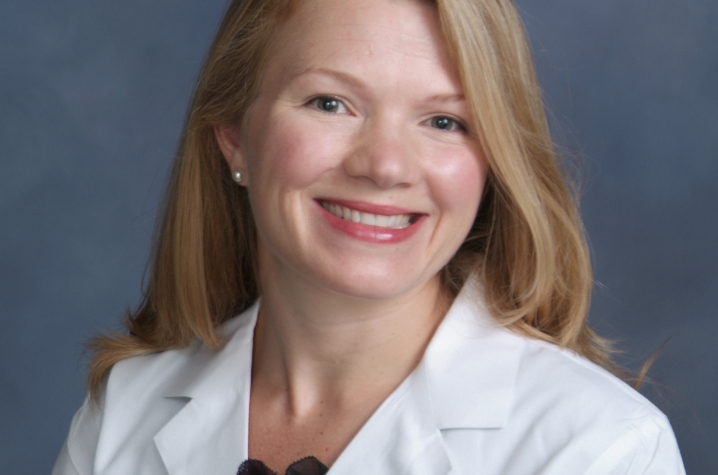Women Face Unique Cancer Risks

LEXINGTON, Ky. (July 25, 2011) — The following column appeared in the Lexington Herald-Leader on Sunday, July 24.
Women face unique cancer risks
By Dr. Rachel Miller
We hear a lot about the biggest cancer killers — breast, lung, colorectal — but women may face a variety of cancers unique to their physiology. Here’s a primer on some gynecological cancers.
Cervical cancer
Worldwide, cervical cancer is a major cause of cancer deaths in women.
Symptoms: In the early stages, it can cause abnormal bleeding or bleeding after sexual intercourse and an abnormal discharge. As it advances, it can cause urinary blockage, back pain, or neuropathic pain, such as a “pins and needles” sensation in the skin.
Risk factors: Human Papilloma Virus (HPV) causes 99 percent of cervical carcinomas. The majority of sexually active women will be exposed to HPV at some point in their lifetime. Fortunately, only 5 to 15 percent will develop cervical precancer. An even smaller percentage will develop cancer.
Other risk factors include multiple pregnancies, a long duration of birth control pill use and tobacco use.
Screenings: Pap smears are recommended for cervical cancer screening. Screenings should usually begin at age 21 or three years after first sexual intercourse. Talk to your doctor about a time line for regular screenings.
Uterine cancer
This is the fourth most common cancer in women after breast, lung and colorectal.
Symptoms: Postmenopausal bleeding occurs in 90 percent of confirmed cases. Other symptoms include abnormal bleeding in pre- or perimenopausal women, abnormal discharge or a suspicious Pap smear. About 5 percent of confirmed cases show no symptoms.
Risk factors: Obesity significantly increases the risk of developing endometrial cancer. Diabetes and hypertension have been shown to increase the risk. Women with a history of irregular menstrual cycles and women who have never been pregnant are also at a higher risk.
Screenings: Routine screening tests for endometrial cancer are not recommended. Report unusual symptoms to your doctor.
Ovarian cancer
This cancer is not as common, but can be much more deadly. More than 70 percent of ovarian cancers are diagnosed at advanced stage, after cancer has spread.
Symptoms: Symptoms can be vague and nonspecific: pelvic or abdominal pain, urinary frequency or urgency, and difficulty eating or feeling full.
Risk factors: Women may be at a higher risk if they have not had children, had a young age at first menstruation with late menopause or have used the drug Clomid for infertility treatments. Only 10 percent of those with ovarian cancer have a family history of it — the other 90 percent are sporadic cases.
Conversely, the use of birth control pills and having multiple children has shown to protect women from developingovarian cancer.
Screenings: UK is on the forefront of research into effective ovarian cancer screening. Since 1987, UK has offered the Ovarian Cancer Screening Program using transvaginal ultrasound. Though imperfect, this method helps detect ovarian cancer at an earlier stage and has decreased the death rate.
Dr. Rachel Miller is a gynecologic oncologist at the UK Markey Cancer Center.




